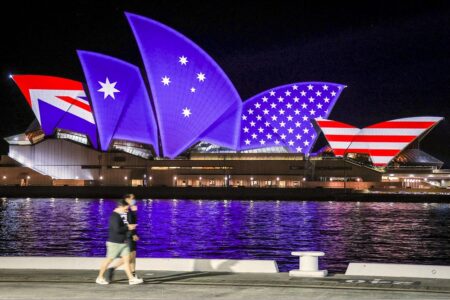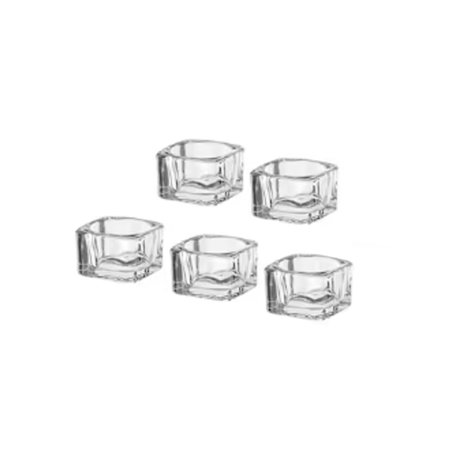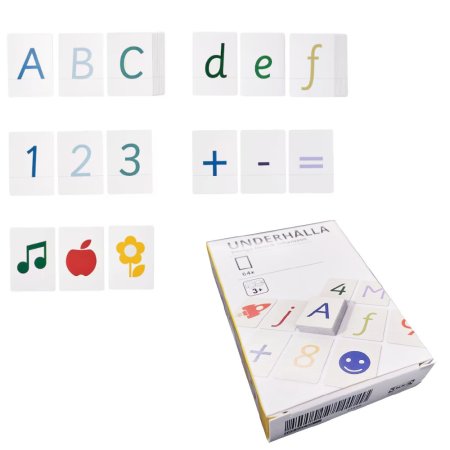Diluted Sovereignty: A Very Australian Example
Written by Dr. Binoy Kampmark.
Australian concepts of sovereignty have always been qualified. First came the British settlers and invaders in 1788. They are pregnant with the sovereignty of the British Crown, bringing convicts, the sadistic screws, and forced labour to a garrison of penal experiments and brutality. The native populations are treated as nothing more than spares, opportunistic chances, and fluff of the land, a legal nonsense. In a land deemed empty, sovereignty is eviscerated.
Then comes the next stage of Australia’s development. Imperial outpost, dominion, federation, a commonwealth of anxious creation. But through this, there is never a sense of being totally free, aware, cognisant of sovereignty. Eyes remain fastened on Britain. Just as the sovereignty of the First Nations peoples came to be destroyed internally, the concept of Australian sovereignty externally was never realised in any true sense. If it was not stuck in the bosom of the British Empire, then it was focused on the enormity of the United States, its calorific terrors and nuclear protections.
The testament to Australia’s infantile, and contingent sovereignty, is symbolised by the US Pine Gap facility, which is called, for reasons of domestic courtesy, a joint facility. In truth, Australian politicians can never walk onto its premises and have no say as to its running. The public, to this day, can only have guesses, some admittedly well educated, about what it actually does as an intelligence facility.
Australia’s Defence Minister, Richard Marles, whose views should never be taken at face value, insists that the facility ensures that “Australia and our Five-Eyes partners maintain an ‘intelligence advantage’” while being “truly joint in nature, integrating both Australian and US operations under shard command and control by Australian and US personnel – which I have had an opportunity to see firsthand.” Hardly.
Another example is the annual rotation of US Marines in the Northern Territory. To date, there have been twelve such rotations, carefully worded to give the impression that Australia lacks a US military garrison to the country’s north. In March, Marles claimed that such rotations served to “enhance the capabilities, interoperability, and readiness of the ADF and the United States Marine Corps and is a significant part of the United States Force Posture Initiatives, a hallmark of Australia’s Alliance with the US.”
To therefore have an Australian Prime Minister now talk about sovereign capabilities is irksome, even intellectually belittling. Under Anthony Albanese’s stewardship, and before him Scott Morrison’s, the trilateral security pact known as AUKUS has done more to militarise the Australian continent in favour of US defence interests than any other.
The logistical and practical implications should trouble the good citizens Down Under, and not just because Australia is fast becoming a forward base for US-led operations in the Pacific.
Last month, President Joe Biden revealed his desire to press the US Congress on a significant change: adding Australia as a “domestic source” within the meaning of the Defense Production Act, notably pertaining to Title III. The announcement came out in a joint statement from Biden and his Australian counterpart as part of a third-in-person Quad Leaders’ Summit. It also was something of a taster for the G7 Summit held in Hiroshima on May 20.
Title III of the DPA “provides various financial measures, such as loans, loan guarantees, purchases, and purchase commitments, to improve, expand, and maintain domestic production capabilities needed to support national defense and homeland security procurement requirements.” It makes no mention about the independence of foreign entities or states which might enable this to happen.
A May 20 joint statement from Biden and Albanese welcomed “the progress being made to provide Australia with a conventionally armed, nuclear-powered submarine capability, and on developing advanced capabilities under the trilateral AUKUS partnership to deter aggression and sustain peace and stability across the Pacific.”
To add Australia as a domestic source “would streamline technological and industrial base collaboration, accelerate and strengthen AUKUS implementation, and build new opportunities for United States investment in the production and purchase of Australian critical minerals, critical technologies, and other strategic sectors.”
As a statement of naked, proprietary interest, this does rather well, not least because it will enable the US to access the Australian minerals market. One prized commodity is lithium, seen as essential to such green technology as electric cars. Given that Australia mines 53% of the world’s supply of lithium, most of which is sold to China to be refined, Washington will have a chance to lock out Beijing by encouraging refinement in Australia proper. With Australia designated as a source domestic to the US, this will be an easy affair.
Washington’s imperial heft over its growingly prized Australian real estate will also be felt in the context of space technology. Australia will become the site of a NASA ground station under the Artemis Accords. Much is made of allowing “the controlled transfer of sensitive US launch technology and data while protecting US technology consistent with US non-proliferation policy, the Missile Technology Control Regime and US export controls.” Congress, however, will have to approve, given the limits imposed on the Technology Safeguards Agreement.
Australia, as a recipient of such technology, will ever be able to assert anything amounting to a sovereign capability over it. As Paul Gregoire points out, the US International Traffic in Arms Regulations makes it clear that information shared with a foreign entity becomes US property and is subject to export restrictions, though the White House may permit it.
In addition to the announcement, there are also moves afoot to involve Japan more extensively in “force posture related activities” as part of the Australia-United States Force Posture Cooperation policy. That’s just what Australia needs: another reminder that its already watered down sovereignty can be diluted into oblivion.
Dr. Binoy Kampmark was a Commonwealth Scholar at Selwyn College, Cambridge. He currently lectures at RMIT University. Email: bkampmark@gmail.com
MORE ON THE TOPIC:
- Australia: Outsourced to the US Military Establishment
- Irresponsible Politics: Australia’s B-52 Nuclear Weapons Problem
- The US Imperium Garrisons Australia
The post Diluted Sovereignty: A Very Australian Example appeared first on South Front.




























